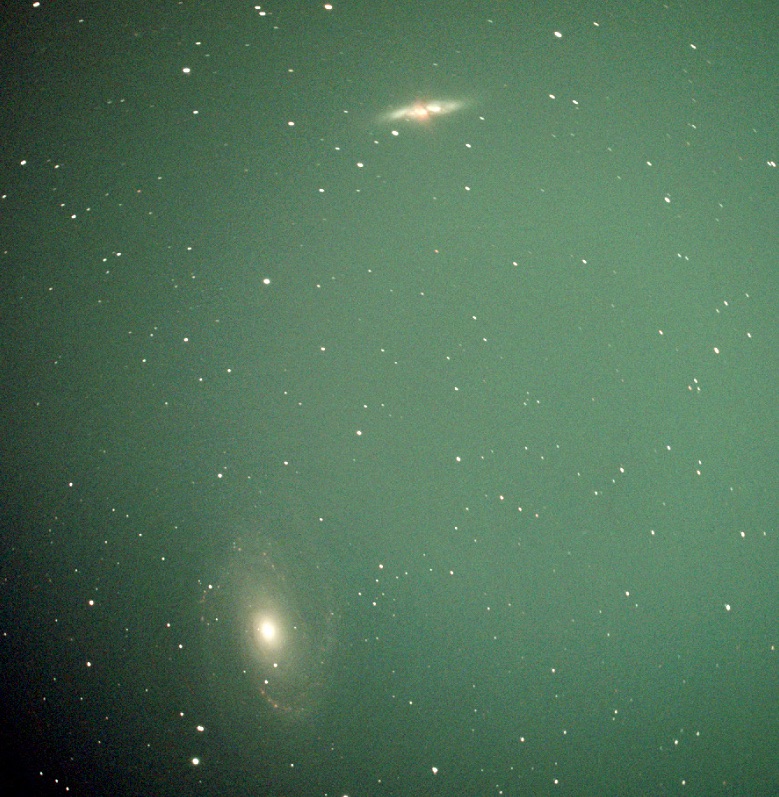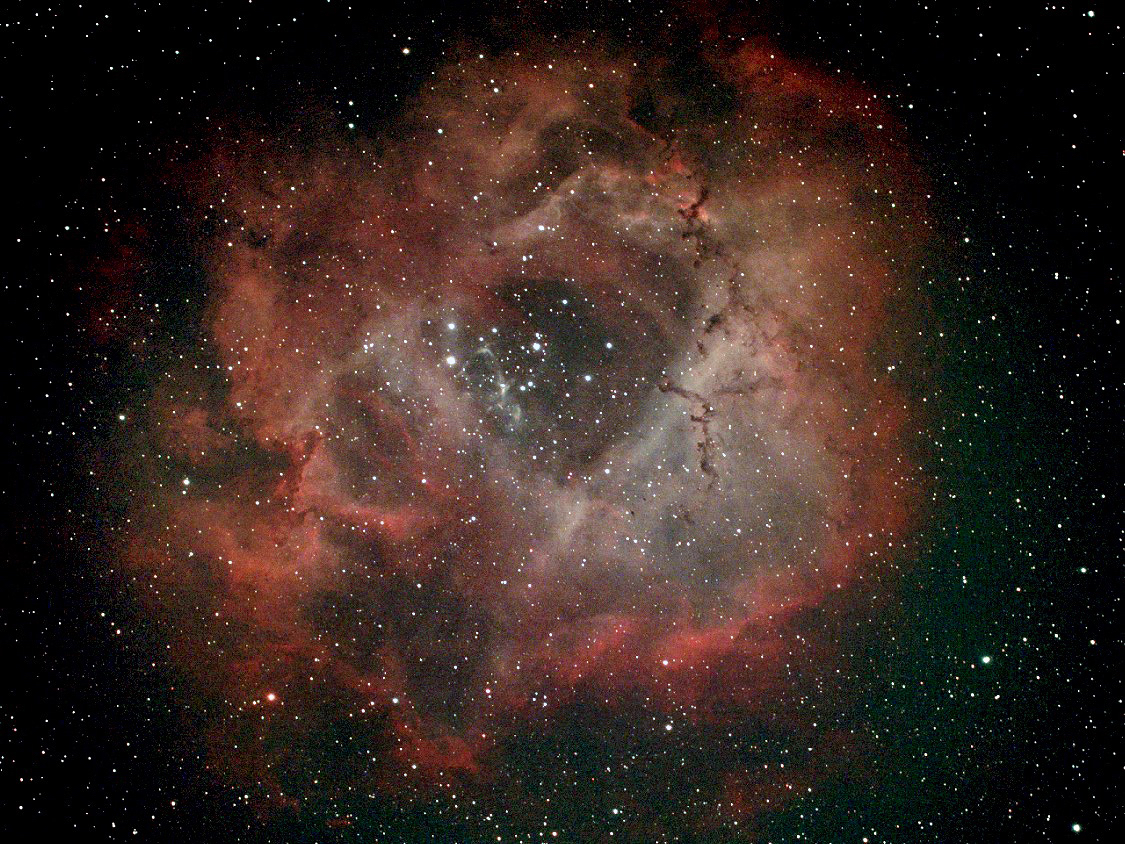This is a picture of the Helix Nebula taken with our Soka University Nieves Observatory, using our Edge 11″ Celestron telescope operating at a f/2.2 prime focus. The image was taken using a Hyperstar Prime Focus corrector and the ZWO ASI 2600 MC Pro Color CMOS camera. The image was a stack of about 30 30-second images and using the ASI-LIVE program from ZWO the images were rotated and combined.

With some help from my astrophotographer friend Martin Cohen, we also touched up the background a bit using Photoshop. We were very excited about this type of imaging which I will be folding into my astronomy class in coming semesters.
This system has a field of view of about 3.5 degrees and so would be ideal for any project that needs wide field imaging – this might include searching for asteroids or comets, monitoring a large field of sources for variability, or imaging a comet at close approach. While this camera is a color imager, we can also use a new ZWO monochrome camera at prime focus using an r’ filter for research photometry. I will be doing some tests on this system during the summer of 2022 to assess whether the efficiency and photometric quality is sufficient for research. With the prime focus imaging we have a pixel scale of about 1.4 arcseconds per pixel, which is undersampled during good seeing nights, but may be suitable for some photometry in more typical nights when our seeing is closer to 2 arcseconds. Below are a few other wide-field images we took as part of this test.


Pixinsight information ————————————————————————-
User identifier : 9281778638927423
Activation code:
For FreeBSD and Linux : mx6KqiiZfeVlPN0rklN3M3ywY6Hiba1ifnojDm4s
For Mac OS X : Da1uZGw5CRbS5acblPaonF0olr53fXvhg4zd6PeG
For MS Windows : HtepUuR4RROt01up7bTBhEyOcg19t7l5LGBMd35g
